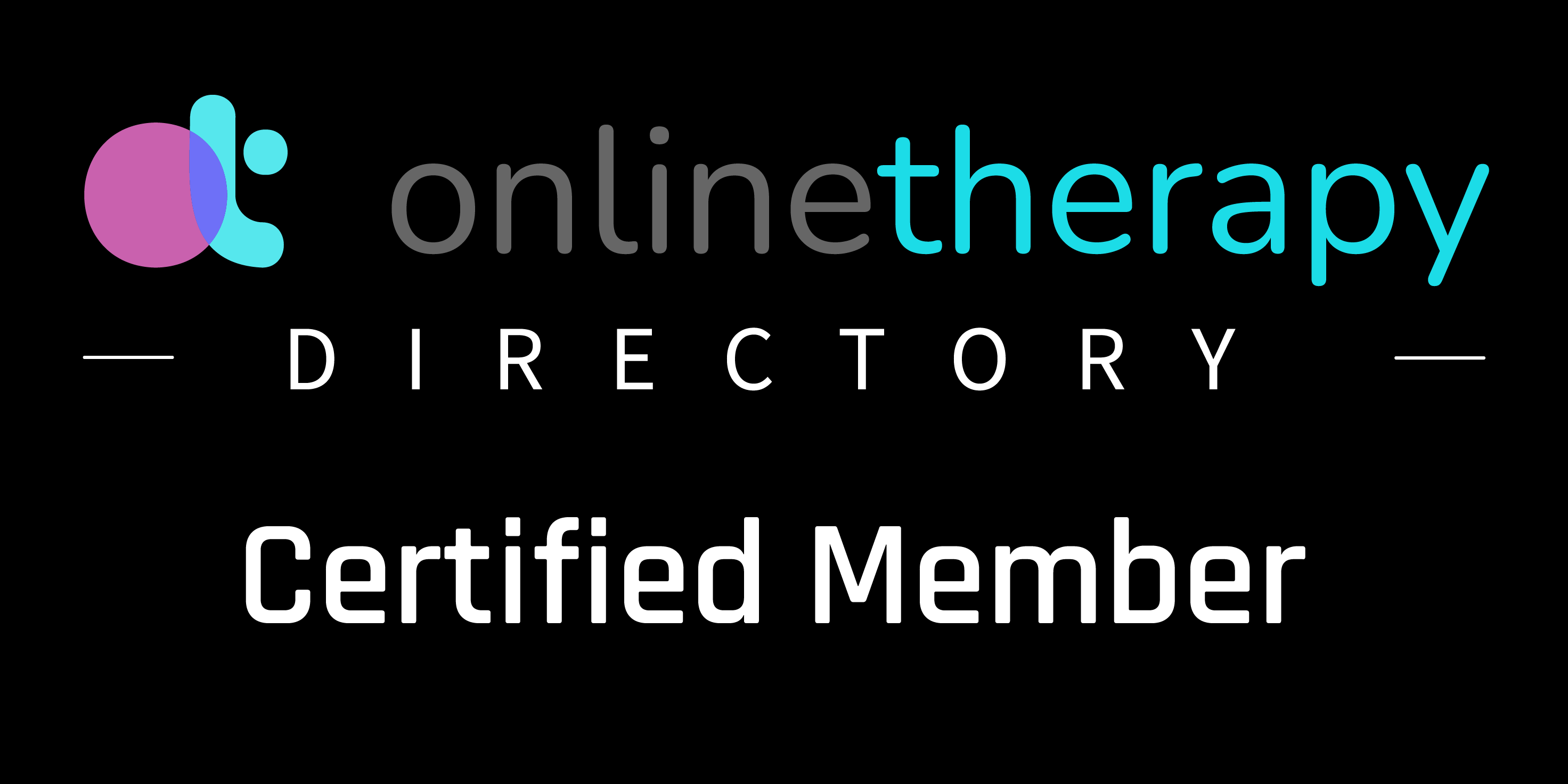🌬️ Calming Your Voice in Conflict
Staying Grounded When Emotions Run High
During conflict, voices often rise with tension. Learning to calm your tone-not just your words-can shift the energy of an entire conversation.
Soothing as a Communication Skill
Therapy helps you practice mindful speaking: using breath, pacing, and tone to express yourself while maintaining emotional regulation and connection.

